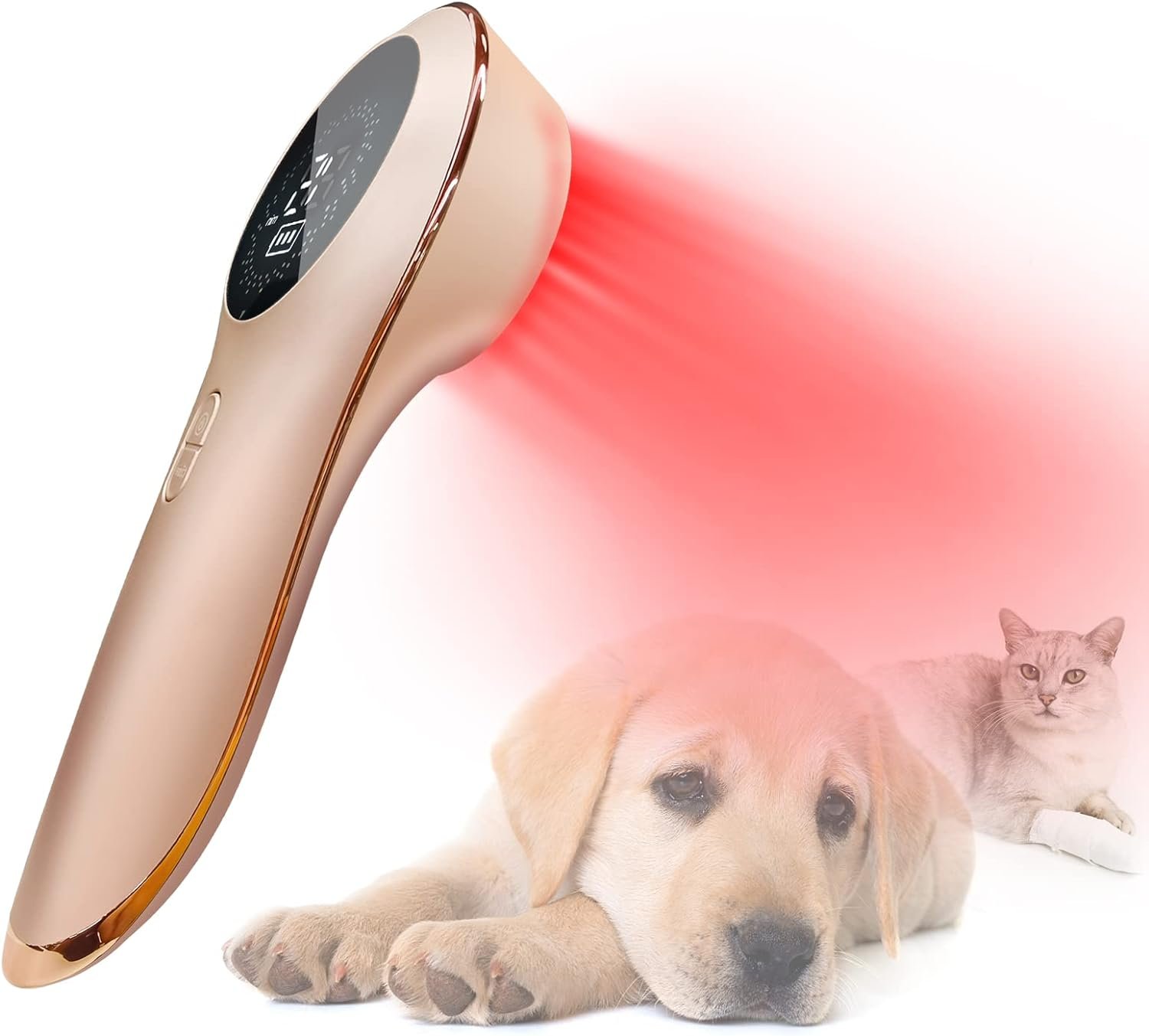
LASER Therapy and LASER Surgery For Pets
Remember the olden days when you woke up from a surgery with your incision bleeding and swollen and throbbing with pain?
WELL THAT IS NOW IN THE PAST - WITH THIS REVOLUTIONARY NEW TECHNOLOGY!
PETS are waking up with no pain and no swelling
And GONE are the days when we have to treat arthritis pain or skin pain or bone pain with toxic chemicals
THANKFULLY WE NOW HAVE FAR BETTER OPTIONS
Let me tell you, there are advanced LASER surgical techniques that do not utilize a scalpel, leaves no swelling or bleeding or any pain, and heals in half the time!
If your pet is not due for surgery there are multiple LASER therapy approaches to relieve PAIN without drugs or surgery. and ZERO side effects!
SCHEDULE A FREE INITIAL EXAMINATION TO LEARN MORE (valued at $65)
Tell us how to contact you, so we can schedule a FREE INITIAL CONSULTATION WORTH $65, with you and your pet, so we can answer all your questions
Hi,
I'm Dr. Albert Nelmapius,
founder of The Pet Longevity Project.
I have treated thousands of pets over the years, for all sorts of injuries and ailments.
But nowadays I concentrate much more on how to avoid sickness and pain and
improve quality of life.
Here is my personal guarantee to you.
Make an appointment, we do a physical exam and consultation and we discuss your problems.
If after we meet you are not 100% satisfied you owe us nothing! We part as friends, no questions asked.
Can I be more fair than that?
There are way more questions that cannot be answered by just reading a website. Schedule a visit, shake my hand and let me answer all your questions in depth!
Sincerely,
Albert Nelmapius DVM
Tell us how to contact you, so we can schedule a FREE INITIAL CONSULTATION WORTH $65, with you and your pet, so we can answer all your questions
WHAT ARE THE DIFFERENCES?
IN SUMMARY:
Report on the Benefits of LASER and the Differences Between Laser Surgery and Laser Therapy
Introduction
LASER (Light Amplification by Stimulated Emission of Radiation) technology has revolutionized various fields, including medicine. Its applications range from surgical procedures to therapeutic treatments. This report aims to discuss the benefits of LASER and elucidate the distinctions between laser surgery and laser therapy.
Benefits of LASER
Precision: LASER technology offers unparalleled precision in targeting specific tissues or cells. Its focused beam allows surgeons and therapists to precisely treat the intended area while minimizing damage to surrounding tissues.
Minimally Invasive: Laser procedures are often minimally invasive compared to traditional surgical methods. This results in smaller incisions, reduced pain, faster recovery times, and fewer complications for patients.
Versatility: LASER technology finds applications across various medical specialties. It is used in ophthalmology for vision correction surgeries like LASIK, in dermatology for skin resurfacing and hair removal, in oncology for tumor ablation, and in dentistry for procedures like gum surgery.
Reduced Bleeding: The precision of LASER beams cauterizes blood vessels during surgery, leading to significantly reduced bleeding. This benefit contributes to safer procedures and quicker recovery for patients.
Sterilization: LASER beams have sterilizing properties, making them effective in killing bacteria and reducing the risk of infections during surgical procedures.
Differences Between Laser Surgery and Laser Therapy
Purpose:
Laser Surgery: Laser surgery involves using LASER technology to perform surgical procedures, such as cutting, vaporization, or coagulation of tissues. It is primarily aimed at treating specific medical conditions or performing surgical interventions.
Laser Therapy: Laser therapy, also known as phototherapy or low-level laser therapy (LLLT), utilizes LASER technology for therapeutic purposes. It involves the application of low-intensity laser light to stimulate healing, reduce pain and inflammation, and promote tissue regeneration.
Intensity:
Laser Surgery: Laser surgery typically employs high-intensity LASER beams for precision cutting, vaporization, or tissue ablation.
Laser Therapy: Laser therapy utilizes low-intensity LASER beams that do not produce significant heat. Instead, they penetrate the skin to stimulate cellular activity and promote healing.
Treatment Modalities:
Laser Surgery: In laser surgery, the focus is on removing or altering tissues to address specific medical conditions. It may involve procedures such as LASIK eye surgery, laser ablation of tumors, or cosmetic procedures like skin resurfacing.
Laser Therapy: Laser therapy focuses on therapeutic applications aimed at promoting healing, reducing pain, and improving tissue function. It is commonly used in physiotherapy for musculoskeletal conditions, wound healing, and pain management.
Side Effects and Risks:
Laser Surgery: While laser surgery is generally safe, it carries risks associated with surgical procedures, such as infection, bleeding, and tissue damage. The extent of risks depends on the type of surgery and the patient's health condition.
Laser Therapy: Laser therapy is considered safe with minimal side effects, such as temporary discomfort or mild skin irritation at the treatment site. It is non-invasive and does not typically cause tissue damage or scarring.
Conclusion
LASER technology offers numerous benefits in both surgical and therapeutic applications. Laser surgery provides precise, minimally invasive interventions for various medical conditions, while laser therapy promotes healing, pain relief, and tissue regeneration. Understanding the differences between laser surgery and laser therapy is crucial for healthcare professionals to choose the appropriate treatment modality based on the patient's needs and medical condition.
SCHEDULE A FREE CONSULTATION TODAY!

